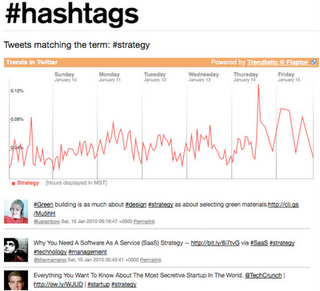It’s only German cars for me. It’s simple, it’s not only about the efficiency of the factories, reliability or anything like that – it’s also about how the car makes you feel. I’ve yet to drive a Japanese car that would give me the same feeling of quality and consideration for the needs of the user.
As someone rightly said, a man is nothing without his car.
With the recent advent of Toyota’s glitch in Camry and now Prius, the Japanese should learn a thing or two about safety and reliability from the Germans. Not everything cheap and eco-friendly is the best. Lessons in lean manufacturing and Kaizen are great theories, cutting costs and bringing affordable cars to people is a great effort but not at the costs of peoples lives who trust Japanese cars and drive them.
I respect how reliable Japanese products are but still prefer German cars!
The reason I like German cars because of a certain thoroughness to their design and their consideration for the user’s aesthetic in a way that Japanese cars don’t quite fit the bill. I often find that Japanese build their cars with ruthless efficiency, and they most often miss out on small features like air conditioning air flow adjustment for each vent, illuminated door courtesy lights, and air vents for the rear passengers in the back of the center console/tunnel. I feel Japanese design is purely functional and that’s it, while German design is functional, reliable, built to last, different and has a look of it’s own.
And it was the Germans who invented the automobile. The idea of reliability and quality isn’t some that had to do particularly with autos, but with German products in general. The Germans often set standards where the other cars are judged. Germans have been undoubted kings of reliability and have always come ahead of anyone else, in terms of Engineering innovation. And that’s why they’ve earned greater respect, than any other motoring industry around the world.
I respect how Japanese products are built but prefer German cars over reliability, safety, engineering and aesthetics. Its just those little things, that make German cars for car enthusiasts, IMO.
And finally, on the recent Toyota’s debacle – German cars don’t have throttle pedals that get stuck, here’s an interesting video I’d like to share:
© Manoj Khanna 2003 – 2012.



